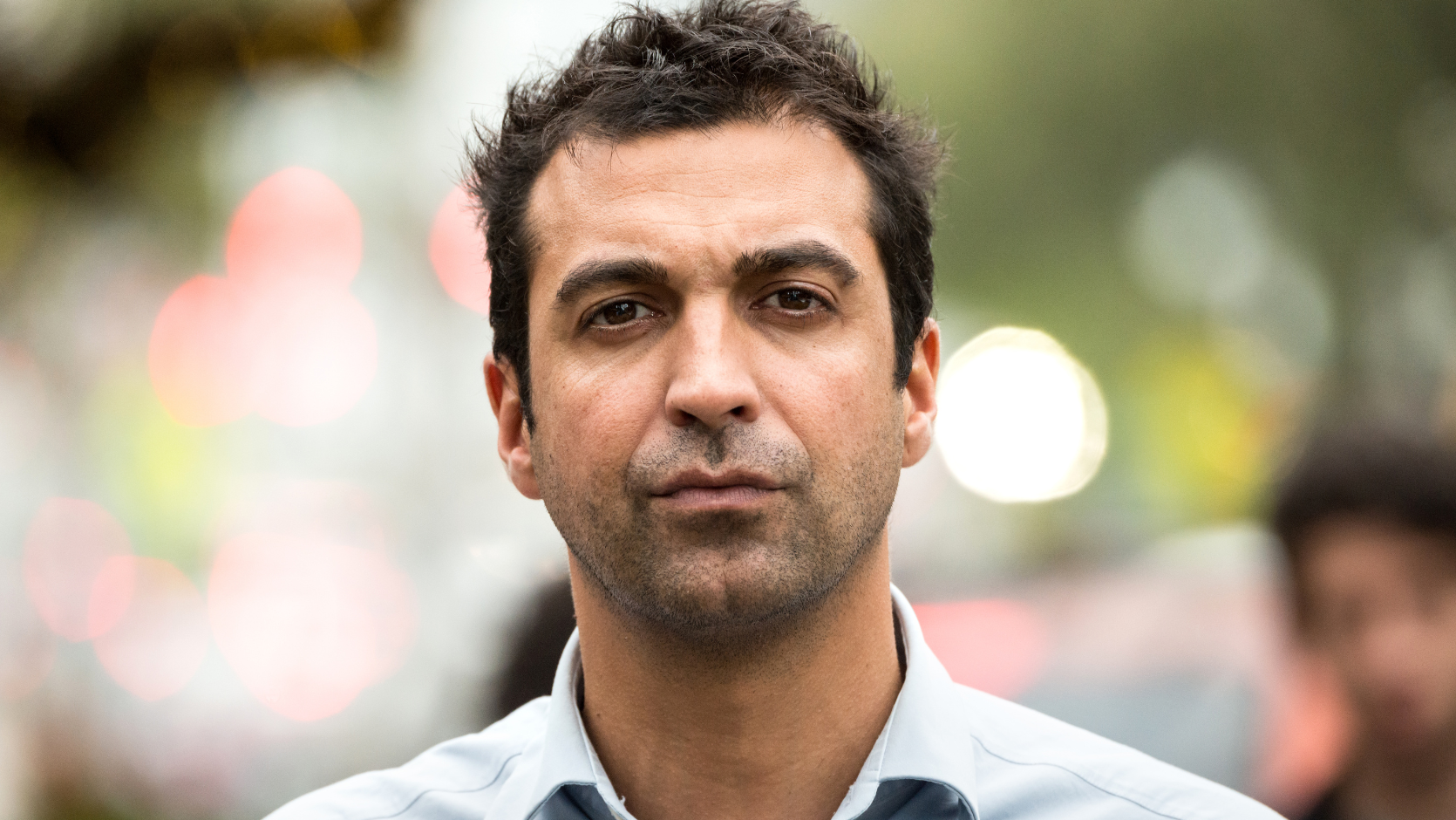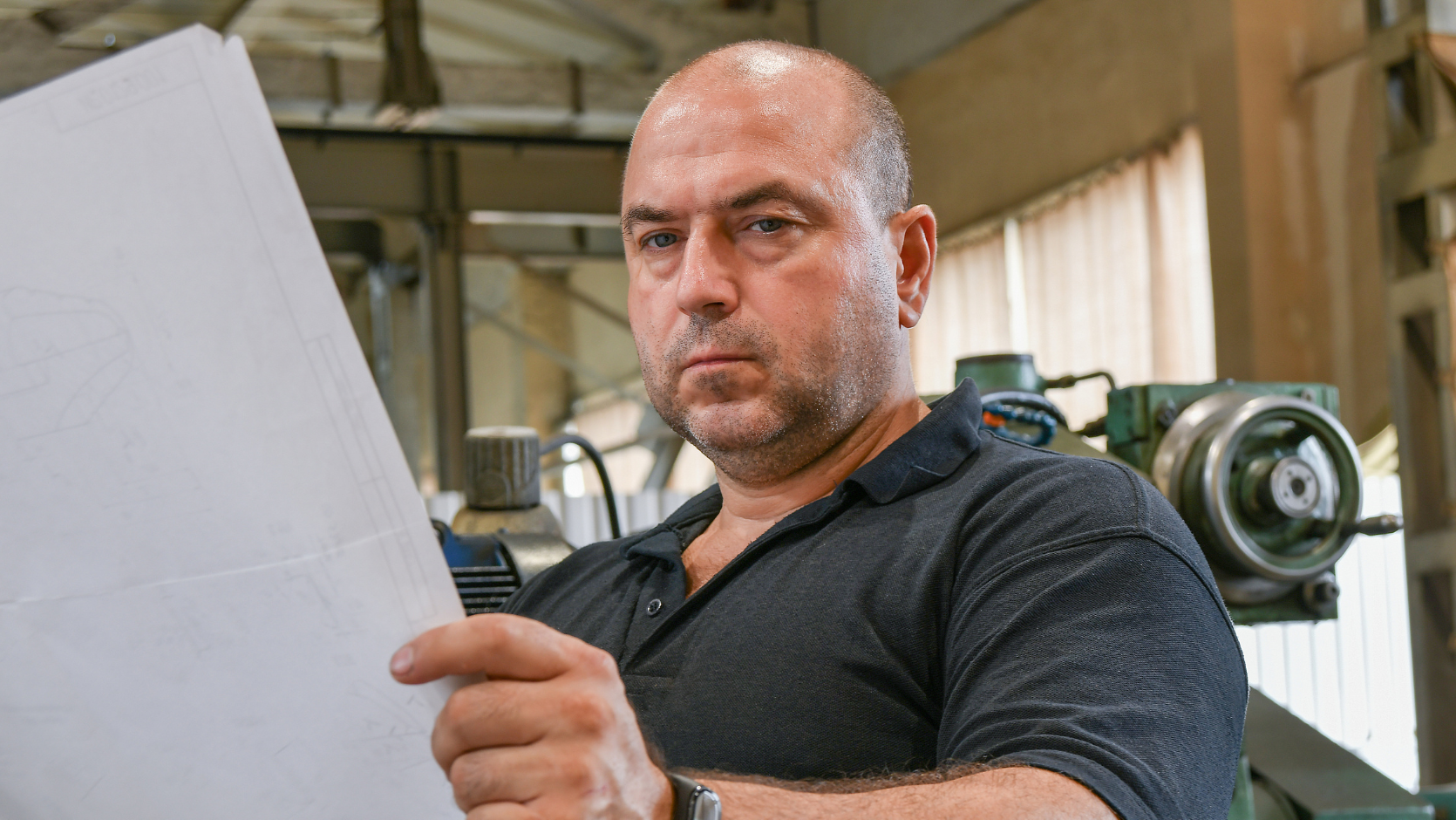The Facts
Former students attend party
A recent case in Sydney revolved around the question of self defence.
In December 2019, two years after completing their HSC, about 40 former students from a leading high school on Sydney’s North Shore attended a gathering at the house of one of them.
In addition to plenty of drinks, some students had brought their “plus ones” along, and so, by about 8.30pm the party was in full swing.
During the evening, several groups naturally formed and there was a lot of cross-group interaction.
While almost everyone had been drinking alcohol, none were said to be obviously drunk and none had driven to the party.
Defendant has altercation with Mr A and Mr J during party
At about 11.00pm, a group of about nine people, including, a Mr A, Mr J and Mr W decided to go to McDonalds to eat, having consumed whatever food was on offer at the party.
As this group was leaving the house, they walked through the lounge room, where the defendant and a young woman, Ms H, were sitting together talking.
An altercation broke out between the defendant, Mr A and Mr J.
A few others from the departing group were also involved in the altercation, but only in a minor way.
Mr A, Mr J and the defendant were all injured in the altercation.
Ms H was not injured, as she was dragged out of the melee by Mr W.
The police were called, but by the time they arrived the participants in the altercation and the witnesses to it had left the party.
Mr A and Mr J make statements to police and defendant consults Legal Aid
The following day, Mr A and Mr J, accompanied by their mothers, attended the local police station and gave statements with their version of what happened.
Police resources were heavily depleted due to Covid duties at the Victorian border.
However, when officers became available a few months later, they followed up the statements by seeking out the defendant.
The defendant then consulted the Legal Aid website and spoke to someone at its advice line.
He was advised not to undertake an interview if requested by police, and he followed that legal advice.
Police charge defendant with assault and he pleads not guilty
Soon after, the defendant was charged with Affray.
This charge was later withdrawn and replaced with Assault Occasioning Actual Bodily Harm on Mr A and Common Assault on Mr J.
The defendant pleaded not guilty to these charges, claiming he acted in self defence.














Expert commentary on the court's decision
Court rules in favour of defendant
In this unreported case in Sydney in 2021, the magistrate ruled in favour of our client, the defendant.
The magistrate concluded that the prosecution had failed to meet its burden of proof by proving that the defendant had not acted in self defence.
Onus of proof on prosecutor to negate self defence
The law recognises a person’s right to defend themselves and others from an attack or threatened attack.
Once a defendant claims self defence, like our client did, the onus of proof is reversed.
This means that the prosecution must disprove the claim of self defence, by proving beyond reasonable doubt that the accused’s act was not done in self-defence.
To do this, the prosecutor must satisfy the jury beyond a reasonable doubt that the accused did not personally believe at the time of the act that it was necessary to do what they did to in order to defend themselves. This is a subjective test, meaning one must put oneself in the mind of the accused as they observed things in the actual situation. It is not a “reasonable person” test.
If the prosecutor fails to do this, then they must satisfy the jury beyond a reasonable doubt that the conduct of the accused was not a reasonable response to the circumstances as perceived by him or her.
If the prosecutor cannot do these two things, then they will have failed to negate the accused’s claim of self defence.
Prosecutor fails to negate defendant’s claim of self defence
The magistrate found that the prosecution had failed to meet its burden of proof and so could not eliminate self defence.
First, the prosecution failed to show that our client was not genuinely of the belief that he needed to defend himself and Ms H.
Secondly, the prosecution failed to show that our client’s response to the situation was not measured and reasonable.
Prosecution witnesses give widely differing estimates of length of altercation
The whole altercation between our client, and Mr A and Mr J took just 45-90 seconds.
The “usual” duration of such things is grossly overestimated by witnesses when in court, and we raised the widely varied timings given in the evidence by various prosecution witnesses.
This is an important point, as it provides context for how our client observed things in the actual situation, which was quick and chaotic.
Cross examination shows up weaknesses in prosecution’s case
We were also able to demonstrate the weaknesses in the prosecution’s case through cross examination of prosecution witnesses.
For example, Mr A had eventually made three statements, but was not a “good” witness for the prosecution.
After his evidence in chief was given, we conducted cross examination, which was followed by a short re-examination.
At the end of his evidence Mr A had opened up the possibility that he and Mr J and possibly another male had gone into the lounge room looking for a fight.
He also indicated he and Mr J saw themselves as “defenders” of Mr W, and he confirmed that there was no social interaction between our client and Mr W on that night.
Evidence of Ms H benefits defendant
Ms H’s evidence was also helpful for our case.
The police did not speak with her until March/April 2020, when she told them that she would be a witness for the defence.
The prosecutor eventually subpoenaed her and treated her as a “hostile witness”.
Her evidence confirmed that Mr W had come into the room flanked by Mr A and Mr J, and stood in front of her and our client in a threatening manner.
She also confirmed that our client had not fought with Mr W.
Importance of declining Electronic Record of Interview with Suspected Person (ERISP)
When police investigate whether someone has committed a crime, they may invite that person to participate in a police interview.
This interview is called an Electronic Record of Interview with Suspected Person (“ERISP”).
It’s the “S” in ERISP that is indicative, because police don’t typically offer electronically recorded interviews to anyone except a suspect.
There are no statistics on how many persons are charged / not charged after giving an ERISP, but in our experience very, very few are not charged.
The risk of giving an ERISP is not only that of potentially being charged with a crime, but also that anything adverse said, such as an admission, may be used against you in court.
Unfortunately, it is no longer surprising how many people, when approached about an incident involving themselves, volunteer for an ERISP.
What is surprising is how often people who consult defence lawyers only do so after they have had an interview with police.
In this case, we were delighted at our client’s action in seeking advice from Legal Aid when the police first approached him, and that he followed the advice not to give an interview.
He was therefore not in a position where being questioned by experienced police officers in a police station could cause him to say things harmful to his defence.
Availability of witnesses can be challenging for defence cases
Apart from the initial police delay, Covid caused further delays, meaning that this matter was not finalised until December 2021, a full two years after the event.
The court had listed the matter as a “special fixture” over two days.
The case was adjourned at end of day 2 to a third day in December 2021.
Interestingly, in addition the Ms H’s evidence, we had two other witnesses willing to give evidence of what they witnessed, which was favourable to our client.
However, this evidence was never utilised, although it was considered vital. This is because they attended days 1 and 2 of the hearing, but had to wait for the police case to finish, which was not until 4.00pm on Day 2.
Day 3 was held months later due to a Covid delay, but by then these witnesses had obtained casual employment.
Both were denied leave by their employers to attend, even on subpoena. Their employers told them that if they took time off, they would be terminated.
This is a difficulty for defence cases generally.